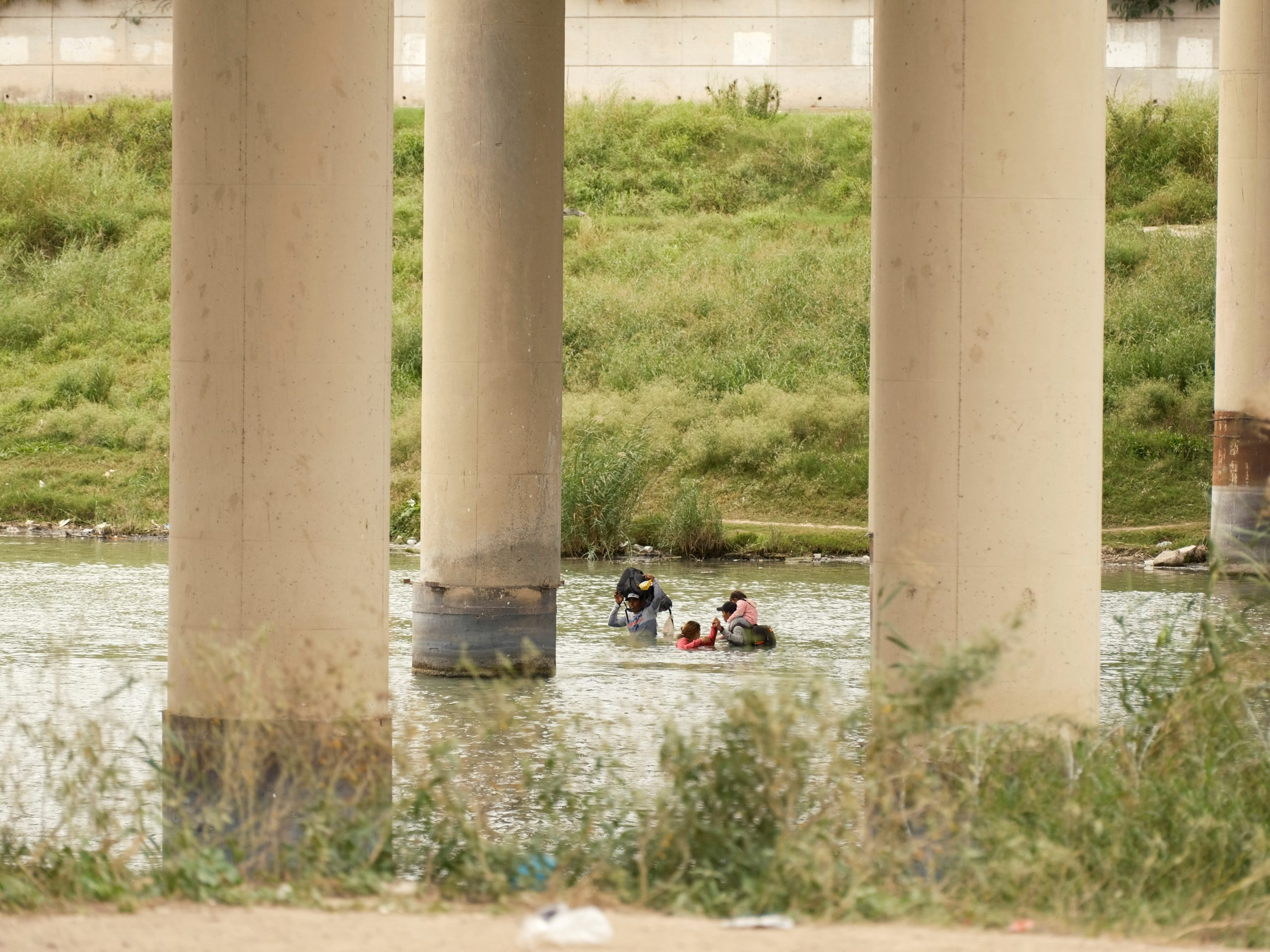
[elfsight_social_share_buttons id=”1″]
Federal, state, and local authorities along the U.S.-Mexico border have been readying for a possible rise in the already record numbers of migrant crossings if COVID-era restrictions are lifted this week, with some estimating tens of thousands of people are waiting in Mexico for news of the policy change.
U.S. Representative Henry Cuellar, a Democrat whose South Texas district borders Mexico, has said – citing U.S. border authorities – that an estimated 50,000 people are waiting in Mexico for the chance to cross if the restrictions are lifted Dec. 21 as ordered by a federal court.
Those waiting include about 200 Venezuelans who have been sleeping at a church in Ciudad Juarez, a Mexican city across the border from El Paso, Texas, in recent weeks in anticipation of the possible end of an order known as Title 42 that has barred many asylum seekers since early 2020.
The Democratic administration of U.S. President Joe Biden is preparing for the possibility of 9,000-14,000 migrants per day trying to cross the border if Title 42 is lifted, Reuters and other outlets have reported, about double the recent daily rate.
On Monday, White House Press Secretary Karine Jean-Pierre said at a press conference that the administration was “surging resources” to the border to prepare and stressed that “the border is not open” since migrants entering illegally could still be removed via other means if the order is no longer in place.
But because of an ongoing legal battle, it remains unclear whether Title 42 will end on Wednesday.
The public health order aimed at slowing the spread of COVID-19 was issued in March 2020 under Republican former President Donald Trump, an immigration restrictionist, and kept in place for more than a year by the Biden administration.
A federal judge last month ruled that the order was unlawful but a group of states with Republican attorneys general on Monday asked the U.S. Supreme Court to intervene to stop it from being lifted this week.
Since Biden took office in January 2021, about half of the roughly 4 million migrants encountered at the U.S.-Mexico border have been expelled under Title 42 while the other half have been allowed into the United States to pursue their immigration cases. Mexico only accepts the return of certain nationalities, including some Central Americans and more recently Venezuelans.
For months, El Paso has been receiving large groups of asylum-seeking migrants, including many Nicaraguans who cannot be expelled to Mexico. On Saturday, the city’s mayor declared a state of emergency to move migrants from city streets as temperatures have dropped below freezing.
In anticipation of the Title 42 termination, the U.S. Department of Homeland Security (DHS) last week updated a six-pillar plan that calls for resources and personnel to be supplied to the border and for the expanded use of a fast-track deportation process.
The revised DHS plan suggests there could be an expansion of legal pathways for migrants to enter the country from abroad, similar to a program launched for Venezuelans in October.
Biden officials privately have discussed employing several Trump-style plans to deter people from crossing, including barring single adults seeking asylum at the U.S.-Mexico border.
DHS also has asked Congress for $3.4 billion in additional funds to manage the border as part of a spending bill expected to pass before the end of the year, but it is not certain that the extra resources will be approved.
In El Paso, shelters have struggled to house incoming migrants, straining limited resources that are already accommodating the local homeless population. City officials say most arriving migrants have other U.S. destinations, with many headed to join relatives elsewhere. But the volume of people crossing, including those with no U.S. sponsors to pay for onward travel, has made it difficult to move them out quickly.
Rescue Mission of El Paso, a shelter near the border, last week housed 280 people, far beyond its 190-person capacity, with people sleeping on cots and air mattresses in the chapel, library and conference rooms, said Nicole Reulet, the shelter’s marketing director, in an interview with Reuters.
“We have people where we tell them, ‘We have no room,'” she said. “They beg for a place on the floor.”
Copyright 2022 Thomson/Reuters
